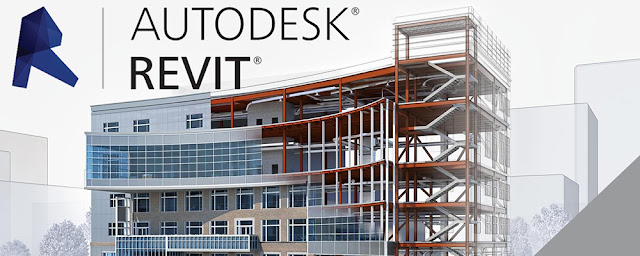How difficult is the LEED Green Associate exam?
The difficulty level of the LEED Green Associate exam can vary depending on an individual's background, experience, and level of preparation. However, it is generally considered to be an entry-level exam and is designed to assess foundational knowledge of green building concepts and the LEED rating system.
Here are some factors to consider when evaluating the difficulty level of the LEED Green Associate Training Exam
Content Depth: The exam covers a wide range of topics, including sustainability principles, green building strategies, LEED rating system categories, and the documentation process. While the exam does not require extensive technical knowledge, it does require a solid understanding of the key concepts and details within these areas.
Study Resources: The availability and quality of study resources play a significant role in exam preparation. There are various resources, including study guides, reference books, online courses, and practice exams, that can help individuals prepare effectively. Utilizing comprehensive study materials and practice exams can increase confidence and improve exam performance.
Personal Background and Experience: Individuals with prior knowledge or experience in green building practices, sustainable design, or the LEED rating system may find certain exam topics more familiar and easier to grasp. However, even individuals without specific background knowledge can succeed with dedicated study and preparation.
Exam Format and Timing: The LEED Green Associate exam consists of 100 multiple-choice questions, and candidates have 2 hours to complete it. The time constraint can add some pressure, so effective time management and understanding how to approach multiple-choice questions are important.
Study and Preparation Time: The level of difficulty can also be influenced by the amount of time and effort an individual invests in studying and preparing for the exam. Allotting sufficient time for studying, understanding the exam content, reviewing practice questions, and identifying areas that require more attention can contribute to success.
While some individuals may find the LEED Green Associate exam relatively straightforward, others may perceive it as challenging due to the breadth of topics covered and the need to understand specific LEED requirements. However, with adequate preparation, including studying from reliable resources, taking practice exams, and understanding the LEED rating system, individuals can increase their chances of passing the exam.
It's important to note that the difficulty level is subjective and can vary from person to person. The best approach is to thoroughly understand the exam content, allocate sufficient study time, and utilize effective study strategies to enhance comprehension and retention of the material.
LEED (Leadership in Energy and Environmental Design) certification is widely recognized as a leading rating system for sustainable building design and construction. Here are some of the key uses and benefits of LEED certification:
Demonstrating Environmental Responsibility: LEED certification showcases a commitment to sustainable and environmentally responsible building practices. It demonstrates that a building project has been designed, constructed, operated, and maintained with a focus on reducing environmental impact, conserving resources, and promoting occupant health and well-being.
LEED certification serves as a recognized standard for sustainable building design and construction, driving positive environmental and social impacts while providing numerous benefits to building owners, occupants, and the broader community.


Comments
Post a Comment